The Ministry of Defence has confirmed that no procurement decisions have yet been made for the floating dry docks required under Programme Euston, with a full market assessment planned as requirements continue to develop.
In response to written parliamentary questions from Richard Baker MP (Labour, Glenrothes and Mid Fife), Minister of State for Defence Maria Eagle explained that Programme Euston remains in the Concept Phase.
A “detailed assessment of market capacity and capability” will be conducted as part of the next stages. Eagle added that the programme will engage with both UK-based and international suppliers to assess whether they possess the required capabilities, but no final decisions have been taken at this time.
Programme Euston forms part of a broader initiative to modernise support infrastructure at HM Naval Base Clyde, the home of the UK’s Vanguard-class nuclear deterrent submarines and future Dreadnought-class vessels.
The current government’s approach builds on earlier work initiated under the previous administration. In November 2023, the MoD launched an early market engagement for what was then known as the Additional Fleet Time Docking Capability (AFTDC) Programme.
The plan, outlined in a Prior Information Notice (PIN), set out an intention to procure two floating docks and associated infrastructure to enhance the out-of-water maintenance capability at Faslane, ensuring sufficient capacity to support the future submarine fleet.
At that time, former Minister of State for Defence James Cartlidge said:
“The Ministry of Defence has conducted an assessment on its docking needs. This assessment has identified that two floating docks are required to enhance the out of water maintenance capability and meet future demand for submarine maintenance at His Majesty’s Naval Base Clyde.”
Cartlidge added that initial market engagement had been launched to shape the procurement strategy.
The project has taken on added significance given the growing demands on Faslane, both from the current fleet and preparations for the arrival of the Dreadnought class submarines later this decade. The need for resilient supply chains and sovereign capability in strategic defence infrastructure has been repeatedly highlighted by the Government, a theme that continues with Programme Euston.


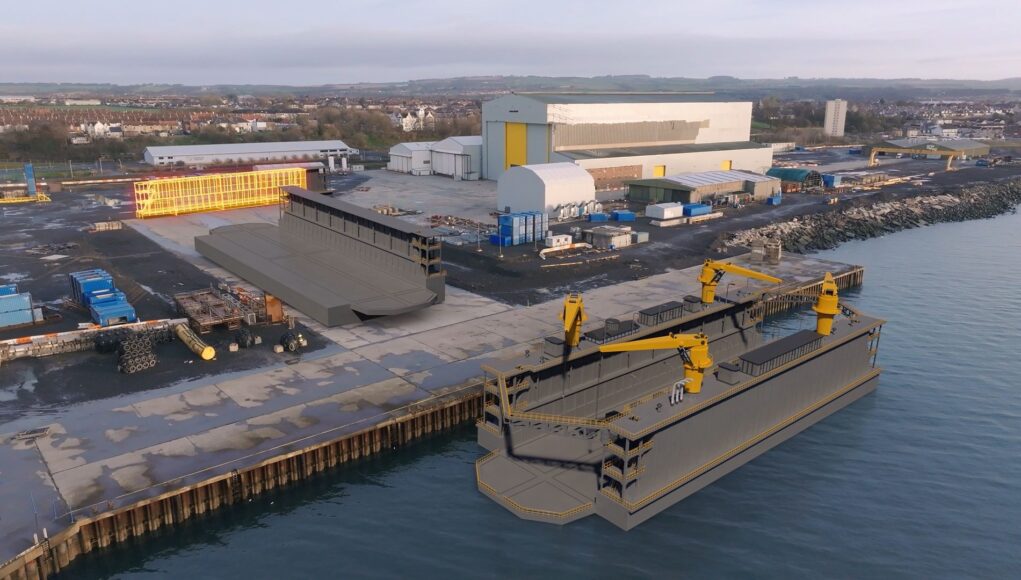
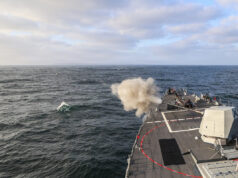
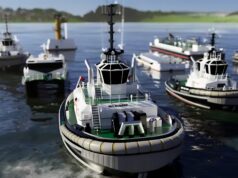
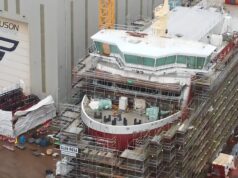
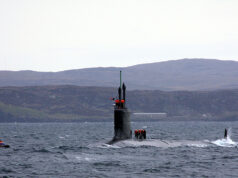
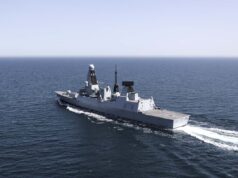

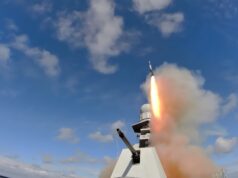
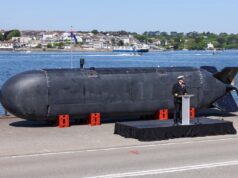
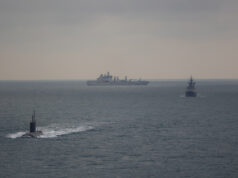
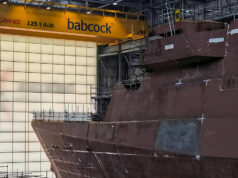

They really need to get on with this! At the moment we inly have 2 of the 5 Astutes available due to lack of dry docks with 3 having been alongside for a very long time! Little point in having super subs if you can’t operate them due to a lack of maintenance facilities.
Google pay 92 every hour my last check was 8400 working 10 hours per week on the web. My more youthful sibling companion has been averaging 18k throughout recent months and he works around 24 hours per week. I cannot accept how simple it was once I attempted it out.This is my main thing……….,.,.,.. WORKSTAR1.COM
I agree. In the US, Billy Clinton did not protect our submarine-capable shipyards and closed two. Now the US is suffering significant maintenance issues. A floating dry dock also allows nonmilitary work and outsourcing to other countries. As a retired Shipyard worker, I believe a floating dock makes a lot of sense.
I agree, it’s even more critical the UK get more dock capacity given how short the US is and floating docks make massive sense especially if we need to take them to the Indian Ocean or the pacific in future.
Nothing wrong with floating docks…
But…getting one nuclear certified is going to be a nightmare…
Hmmm…an excellent, if somewhat disconcerting point. 🤔👍😳😱
Atleast they won’t have to worry about earth quakes like they did for the land based dry docks 😀
@ Randy Anderson,
Hmmm…thanks for the info. Did not previously realize that the current USN SSN maintenance backlog clusterflock could be attributed to decisions made during Slick Willy’s tenure as POTUS. 🤔😱
2040: Minister for Something (it/that)’Nothing too precipitate Fanshaw?’
2045: First Secretary (get/you) ‘We have some concrete proposals. But there is a problem. Are we certain concrete will float?’ (B*gger!)
Here we go again….paralyzed by indecision
“Analysis paralysis”…accused myself of same, on occasion. On the one hand, a perhaps inherent trait of engineers, while on the other hand…🤔😉😁
Got to hope there’s never a war, the MOD are the slowest most useless government department.
Given the issues they had with the “boat lift” as covered in a previous article, the provision of two “floating” docks is an absolute MUST.
The advantage is also, that “god forbid” something goes wrong and we have a sub stuck in a “friendly” post, we could send one of the docks to bring it back to the UK.
The Americans ran a long term floating dock facility for their Poseidon / Polaris fleet, in Holy Loch on the Clyde.
May not look so Bonny but worked well for many years.
Yes and the RN operated one a few miles away at Faslane for a similar period; AFD60, was sold to Iceland in the late 90’s and still there until recently.
Very useful things,
Can someone please explain to me the problem. Floating dock requirements for the RN should be simple, able to lift 30,000 tons, length of vessel 225m beam of vessel lifted 30m. With three 25 ton cranes and one 50 ton crane, able to be covered. One of the floating docks should be able to move at 6-8 knots for relocation, The others able to be towed for relocation. Three to be built with a life expectancy of 50 years. God we have been building floating docks for over 150 years with upto 60,000 ton capacity and amost 1,000 ft long, its not rocket science. Then again that was at a time when the four years to build HMS Hood was seen as a long slow build.